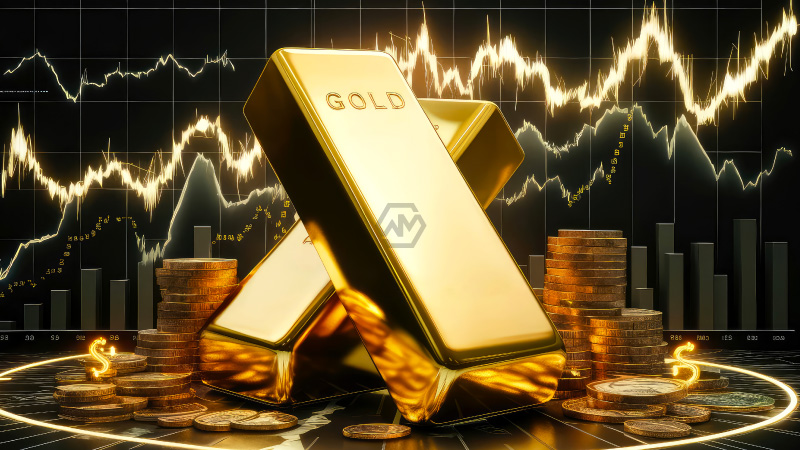- Gold has hit record highs, surpassing $3,100, with analysts raising targets to $3,500–$4,000.
- Economic uncertainty, central bank purchases, and a weaker USD fuel the rally.
- Rapid price increases suggest the $4,000 mark could arrive sooner than expected.
Gold’s rally has been fueled by economic and geopolitical uncertainty, with central banks ramping up purchases. The Trump administration’s trade policies and the freezing of Russian assets have heightened demand, making gold a preferred hedge against instability.
The acceleration of gold’s price gains is another major factor. Historically, it took years for $500 price jumps, but the latest move from $2,500 to $3,000 happened in just 210 days.
Gold’s Historic Surge: Could $4,000 Be Closer Than We Think?
The global economic landscape has driven gold prices to unprecedented levels. A mix of geopolitical risks, central bank buying, and a weaker dollar has made gold one of the most sought-after assets. Investors are increasingly turning to it as a hedge against inflation and economic uncertainty.
Trade policies from the Trump administration, including new auto tariffs, have added to the market’s volatility. These developments have pushed analysts to revise their price targets, with Bank of America and Macquarie now expecting gold to hit $3,500 within months. JPMorgan analysts have even speculated on the possibility of gold reaching $4,000 in the near term.
Another key factor is the shift in gold demand from traditional sources to emerging economies. The freezing of Russian foreign assets has led many central banks to increase their gold reserves, seeking financial security outside the traditional banking system. This structural change has contributed to gold’s remarkable rise.
With each rally happening faster than before, investors are eyeing the $4,000 milestone. If the pattern continues, gold could break past its current highs sooner than anticipated. The metal’s long-term outlook remains bullish as global uncertainty persists.
Gold’s rapid ascent signals a structural shift in global finance. As central banks and investors seek stability, the precious metal’s role as a safe-haven asset continues to strengthen. Whether or not gold reaches $4,000 soon, its appeal as a store of value has never been stronger.
“Gold is money. Everything else is credit.” — J.P. Morgan



